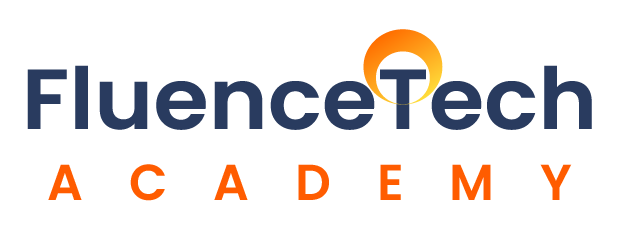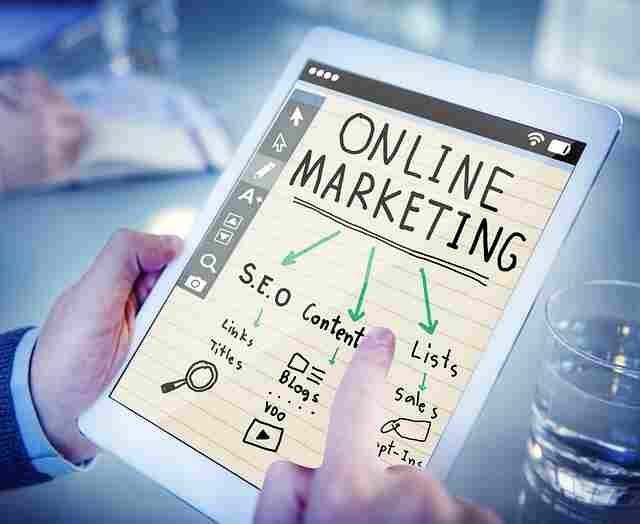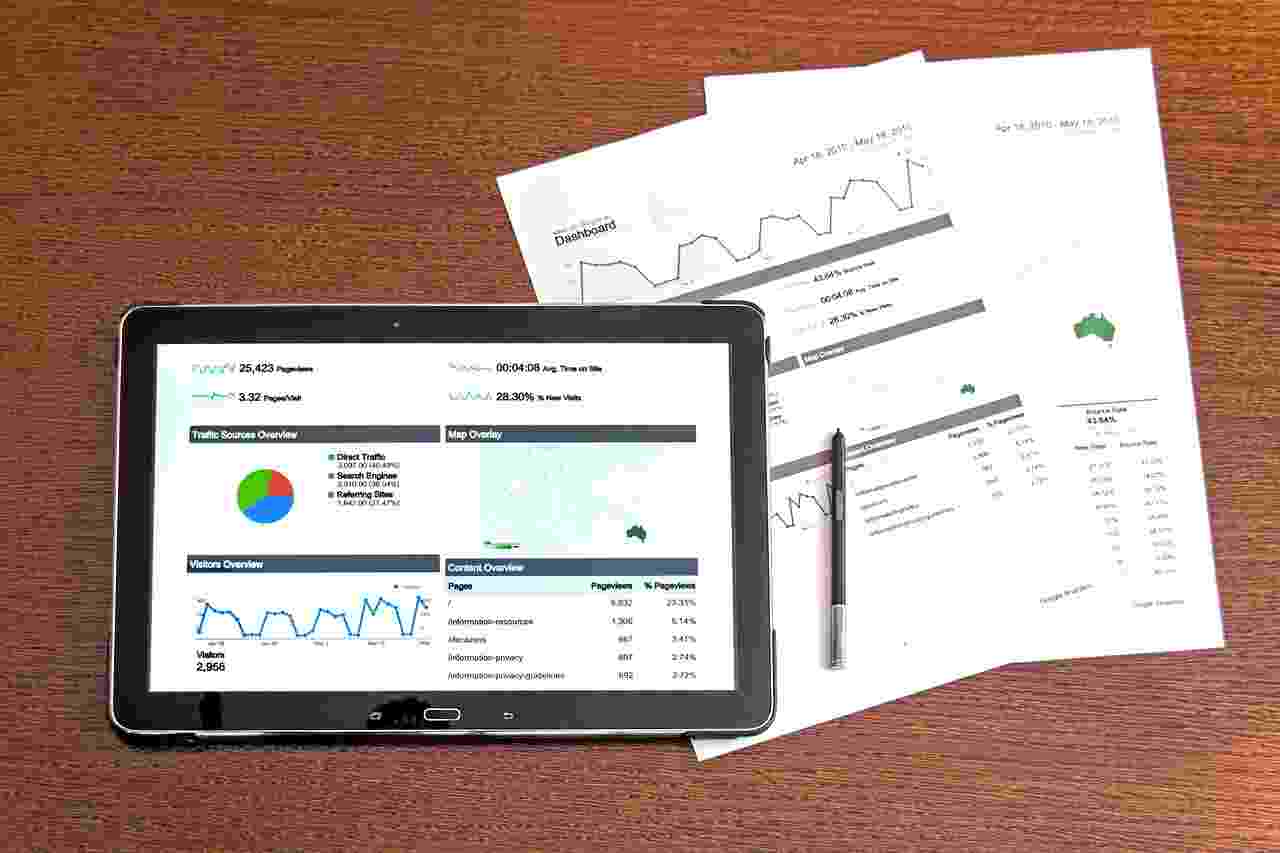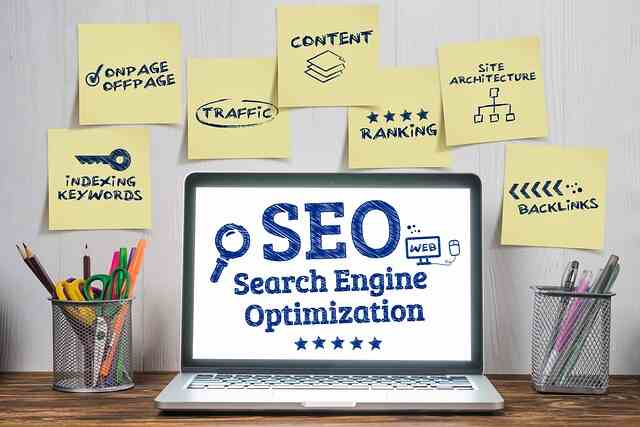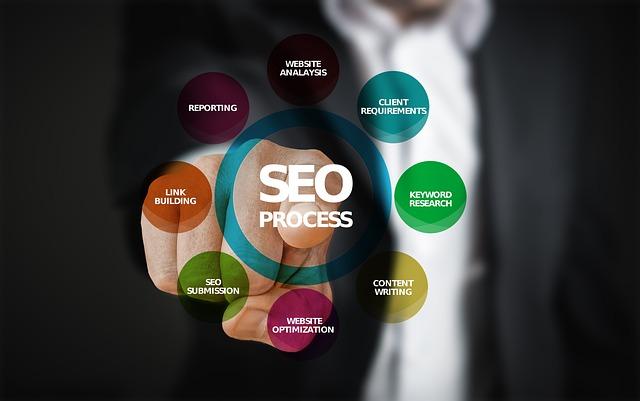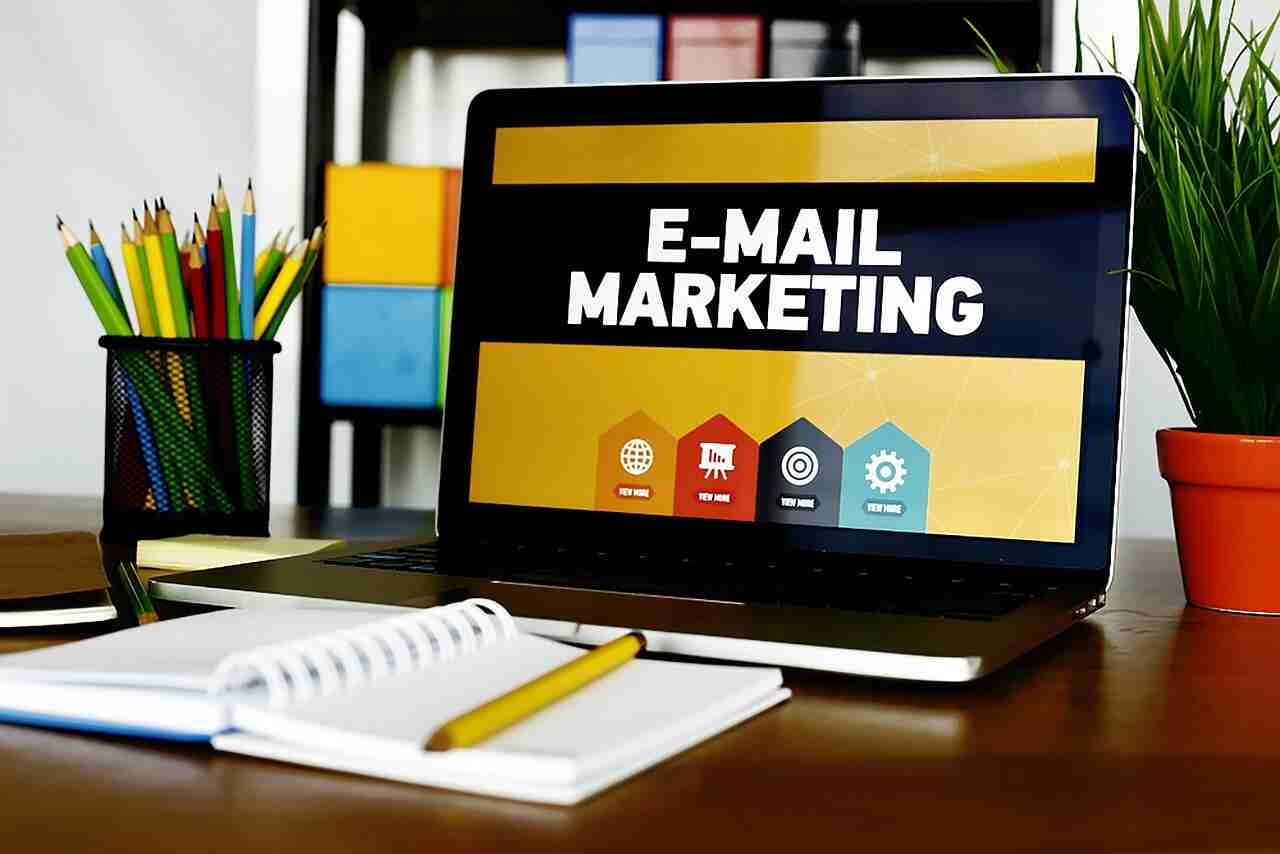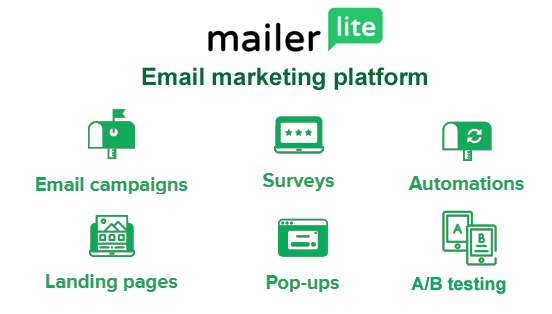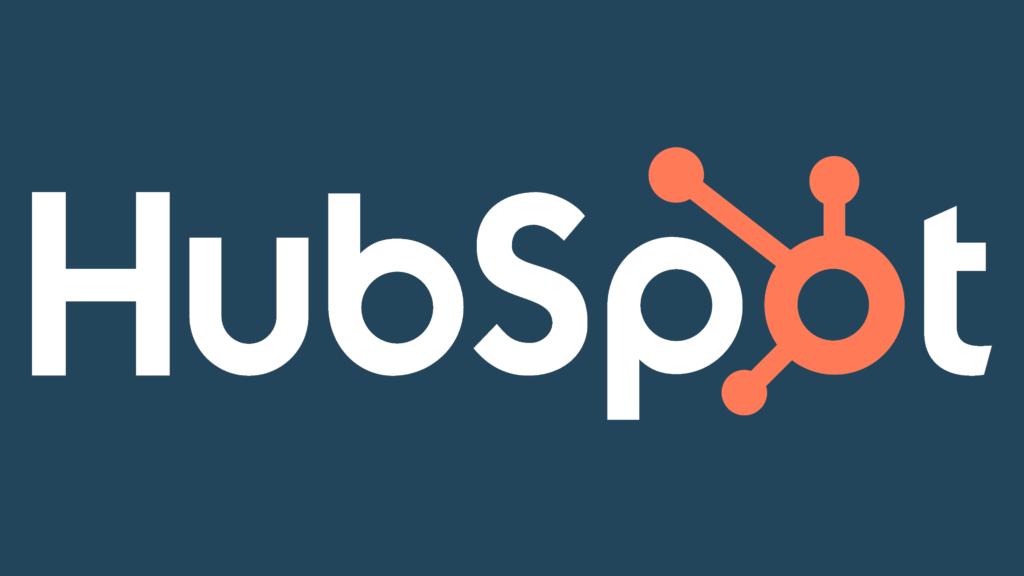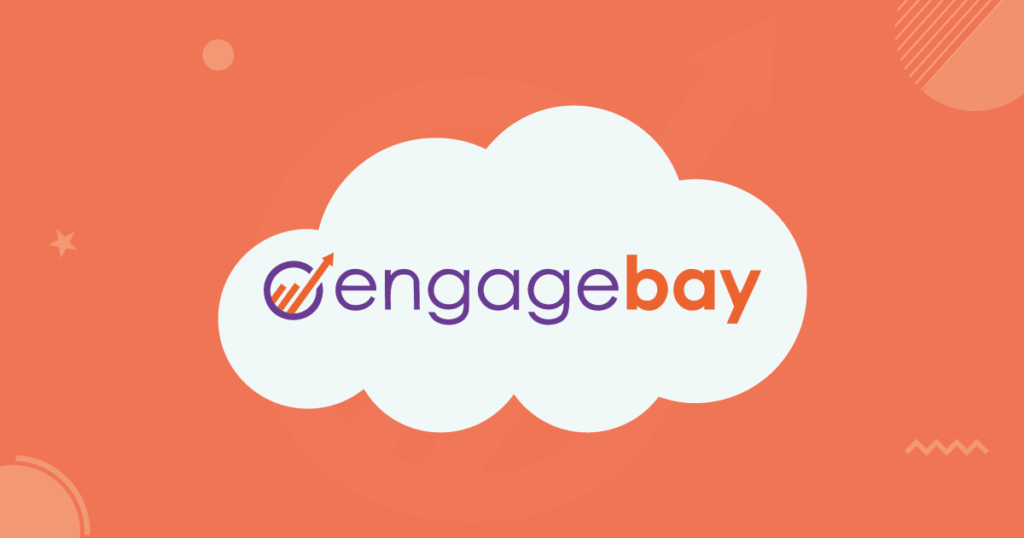Are you interested to pursue a career in digital marketing? Do you want to know which digital marketing jobs offer the highest salaries and the best career growth opportunities?
Look no further!
In this blog post, we’ll explore 7 high-paying digital marketing jobs that are in-demand and can help you take your career to the next level.
From social media managers to data analysts, these roles offer attractive compensation packages and a chance to make a real impact in the world of digital marketing.
So, let’s dive in and discover your dream job today!
What is digital marketing?

Digital marketing can be explained as the use of digital channels, such as search engines, social media, email, and websites, for the promotion of products or services.
The goal of digital marketing is to reach a target audience and engage with them using various online marketing tactics, including search engine optimization (SEO), pay-per-click (PPC) advertising, content marketing, social media marketing, email marketing, and more.
Digital marketing allows businesses to target and communicate with their audience more effectively, measure their marketing efforts, and adjust their strategies accordingly to achieve their business goals.
It has become an essential part of modern marketing and is constantly evolving with new technologies and trends.
Why is digital marketing a growing field?
Digital marketing is a growing field because of the rapid growth and adoption of technology in our daily lives. With the increasing use of the internet and mobile devices, people are spending more time online, making it crucial for businesses to establish a strong digital presence.
Digital marketing allows companies to target and reach their audience more effectively, measure their marketing efforts, and adjust their strategies in real-time to achieve their business goals.
The flexibility and scalability of digital marketing make it an attractive option for businesses of all sizes and industries. As technology continues to advance, the demand for digital marketing skills and expertise will only continue to increase.
The importance of finding high-paying digital marketing jobs

Finding high-paying digital marketing jobs is essential for professionals looking to build a successful career in the field. Digital marketing skills are in high demand, and companies are willing to pay top dollar for talented and experienced professionals who can deliver results.
High-paying digital marketing jobs not only offer financial security and stability but also provide opportunities for career growth and advancement. These positions often come with challenging and rewarding work, and they provide a platform for professionals to showcase their skills, creativity, and strategic thinking.
By finding high-paying digital marketing jobs, professionals can secure their financial future, gain valuable experience, and establish themselves as experts in the field.
High paying Digital marketing jobs
Digital Marketing Manager
A digital marketing expert is a professional who has in-depth knowledge and expertise in the various areas of digital marketing, including SEO, PPC, content marketing, social media marketing, email marketing, and more.
They are responsible for developing and implementing effective digital marketing strategies that can help businesses reach and engage with their target audience, increase brand awareness, and drive conversions.
Responsibilities of a digital marketing manager
The responsibilities of a digital marketing manager include developing and implementing digital marketing strategies, managing digital marketing campaigns across various channels, analyzing campaign performance, conducting market research, identifying trends, and providing insights and recommendations to senior management.
They are also responsible for managing budgets, timelines, and resources to achieve business objectives.
Required skills and qualifications
The required skills and qualifications for a digital marketing manager include a bachelor’s degree in marketing, business, or a related field, as well as experience in digital marketing, project management, and team leadership.
They must have strong analytical skills, knowledge of digital marketing channels and tools, excellent communication and interpersonal skills, and the ability to think strategically and creatively. They must also keep up-to-date with industry trends and best practices.
Average salary range
The average salary range for a digital marketing manager is $70,000 to $110,000 per year, depending on experience, location, and industry. Top earners of this industry can make over $150,000 per year.
SEO Manager
An SEO manager is a digital marketing professional who is responsible for optimizing a website’s content and structure to improve its search engine ranking and drive organic traffic.
They develop and implement SEO strategies, conduct keyword research, analyze website performance, and collaborate with content creators and web developers to ensure website optimization
Responsibilities of an SEO manager
The responsibilities of an SEO manager include conducting keyword research, developing and implementing on-page and off-page SEO strategies, analyzing website performance metrics, optimizing website content and structure, collaborating with content creators and web developers, and staying up-to-date with SEO trends and best practices.
They are also responsible for reporting and communicating the results of SEO efforts to stakeholders.
Required skills and qualifications
The required skills and qualifications for an SEO manager include a bachelor’s degree in marketing, business, or a related field, as well as experience in SEO, data analysis, and project management.
They must have a deep understanding of SEO techniques and tools, excellent communication and interpersonal skills, and the ability to analyze and interpret data to drive decision-making. They must also stay up-to-date with search engine algorithm updates and best practices.
Average salary range
The average salary range for an SEO manager is $60,000 to $100,000 per year, depending on experience, location, and industry. Top earners can make over $150,000 per year.
PPC Manager

A PPC (pay-per-click) manager is a digital marketing professional who is responsible for managing and optimizing PPC advertising campaigns, which are online ads that businesses pay for when users click on them.
PPC managers develop and implement PPC strategies, conduct keyword research, create ad copy, analyze campaign performance, and adjust bids to optimize ROI. They often work with platforms such as Google Ads and Bing Ads.
Responsibilities of a PPC manager
The responsibilities of a PPC manager include developing and implementing PPC advertising strategies, conducting keyword research, creating and optimizing ad campaigns, analyzing campaign performance metrics, adjusting bids to optimize ROI, staying up-to-date with industry trends and best practices, and communicating the results of PPC efforts to stakeholders. They also work with platforms such as Google Ads and Bing Ads to execute campaigns.
Required skills and qualifications
The required skills and qualifications for a PPC manager include a bachelor’s degree in marketing, business, or a related field, as well as experience in PPC advertising, data analysis, and project management.
They must have a deep understanding of PPC platforms and tools, excellent communication and interpersonal skills, and the ability to analyze and interpret data to drive decision-making. These individuals must also stay up-to-date with industry trends and best practices.
Average salary range
The average salary range for a PPC manager is $60,000 to $100,000 per year, depending on experience, location, and industry. Top earners of this industry can make over $150,000 per year.
Social Media Manager
A social media manager is a digital marketing professional who is responsible for managing and optimizing a company’s social media presence to build brand awareness, engage with audiences, and drive conversions.
They develop and implement social media strategies, create and curate content, monitor social media channels, analyze performance metrics, and communicate with stakeholders. They work with various social media platforms such as Facebook, Twitter, LinkedIn, Instagram, and YouTube.
Responsibilities of a social media manager
The responsibilities of a social media manager include developing and implementing social media strategies, creating and curating social media content, managing social media channels, engaging with audiences, analyzing social media performance metrics, staying up-to-date with social media trends and best practices, and communicating the results of social media efforts to stakeholders. They work with platforms such as Facebook, Twitter, LinkedIn, Instagram, and YouTube.
Required skills and qualifications
The required skills and qualifications for a social media manager include a bachelor’s degree in marketing, communications, or a related field, as well as experience in social media marketing, content creation, and project management.
They must have a deep understanding of social media platforms and tools, excellent communication and interpersonal skills, the ability to analyze and interpret data to drive decision-making, and a creative mindset. They must also stay up-to-date with social media trends and best practices.
Average salary range
The average salary range for a social media manager is $50,000 to $80,000 per year, depending on experience, location, and industry. Top earners can make over $100,000 per year
Content Marketing Manager
A content marketing manager is a digital marketing professional who is responsible for planning, creating, and managing content that attracts and engages a company’s target audience.
They develop and execute content strategies, conduct market research, create and edit content, manage content calendars, analyze content performance metrics, and collaborate with various departments. They work with a variety of content formats, such as blogs, videos, social media posts, podcasts, and webinars.
Responsibilities of a content marketing manager
The responsibilities of a content marketing manager include developing and executing content marketing strategies, conducting market research, creating and editing content, managing content calendars, analyzing content performance metrics, collaborating with various departments, staying up-to-date with content marketing trends and best practices, and communicating the results of content marketing efforts to stakeholders. They work with a variety of content formats, such as blogs, videos, social media posts, podcasts, and webinars.
Required skills and qualifications
The required skills and qualifications for a content marketing manager include a bachelor’s degree in marketing, communications, journalism, or a related field, as well as experience in content marketing, project management, and data analysis.
They must have excellent writing and editing skills, a deep understanding of content marketing principles and tools, and the ability to analyze and interpret data to drive decision-making. They must also stay up-to-date with content marketing trends and best practices.
Average salary range
The average salary range for a content marketing manager is $60,000 to $90,000 per year, depending on experience, location, and industry. Top earners of this industry can also make over $100,000 per year.
Email Marketing Manager

An email marketing manager is a digital marketing professional who is responsible for planning, creating, and executing email marketing campaigns to promote a company’s products or services.
They develop email marketing strategies, manage email lists, create email templates, analyze email performance metrics, and collaborate with various departments to ensure the success of email campaigns.
Responsibilities of an email marketing manager
The responsibilities of an email marketing manager include developing and executing email marketing strategies, creating and managing email lists, creating email templates, designing and testing email campaigns, analyzing email performance metrics, optimizing email content and design, staying up-to-date with email marketing trends and best practices, and collaborating with various departments to ensure the success of email campaigns.
Required skills and qualification
The required skills and qualifications for an email marketing manager include a bachelor’s degree in marketing, communications, or a related field, as well as experience in email marketing, project management, and data analysis.
They must have excellent writing and editing skills, a deep understanding of email marketing principles and tools, and the ability to analyze and interpret data to drive decision-making. They must also stay up-to-date with email marketing trends and best practices.
Average salary range
The average salary range for an email marketing manager is between $60,000 to $85,000 per year, with top earners making over $100,000 per year.
Digital Marketing Analyst
A digital marketing analyst is a data-driven professional who analyzes and interprets data to help companies make informed decisions about their digital marketing strategies.
They use tools such as Google Analytics, social media analytics, and other data analysis platforms to measure the performance of digital marketing campaigns, identify trends, and develop insights that can help improve the effectiveness of marketing efforts. They also work closely with other digital marketing professionals, such as SEO managers and PPC managers, to develop data-driven strategies.
Responsibilities of a digital marketing analyst
The responsibilities of a digital marketing analyst include analyzing and interpreting data from various digital marketing channels such as website traffic, social media, email marketing, and PPC campaigns.
They also develop reports and dashboards to monitor the performance of campaigns, identify trends, and make data-driven recommendations to improve the effectiveness of marketing efforts. Additionally, they collaborate with other digital marketing professionals to develop data-driven strategies.
Required skills and qualifications
A digital marketing analyst should possess a strong foundation in marketing principles, data analysis, and proficiency in digital marketing tools and platforms.
They should be skilled in interpreting and analyzing data to make informed decisions, have experience in SEO, PPC, social media, and email marketing, and possess excellent communication and project management skills.
Average salary range
The average salary range of a digital marketing analyst is $45,000 to $75,000 per year, depending on factors such as experience, location, and company size.
Conclusion
The best digital marketing jobs vary depending on personal interests and skills. Some of the most in-demand roles include digital marketing manager, SEO specialist, social media strategist, content marketer, and email marketing specialist.
With the rise of e-commerce, data analytics, and AI, there will be more opportunities for digital marketers to innovate and drive business growth.
You may also like to read
The importance of digital marketing for the success of the business
